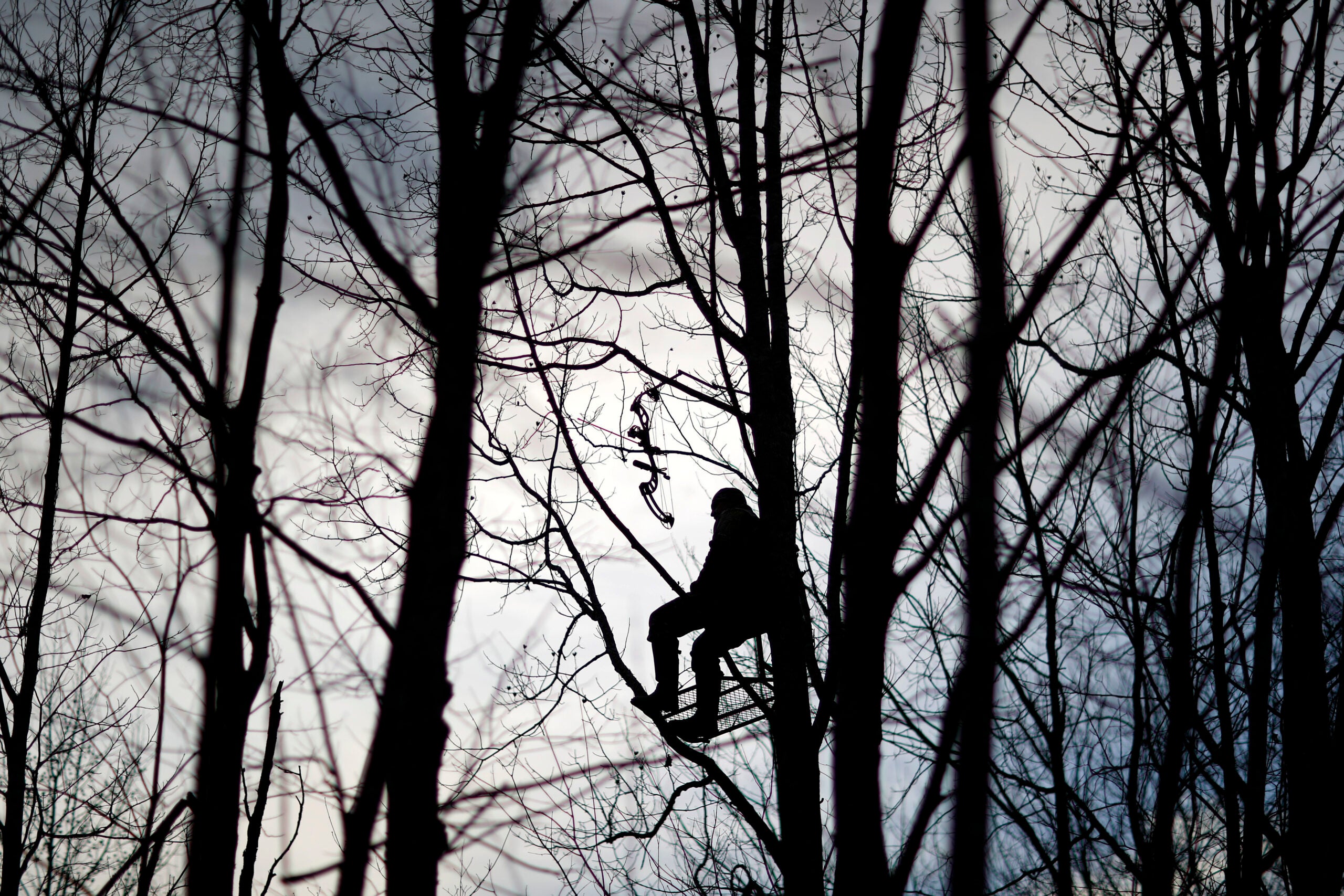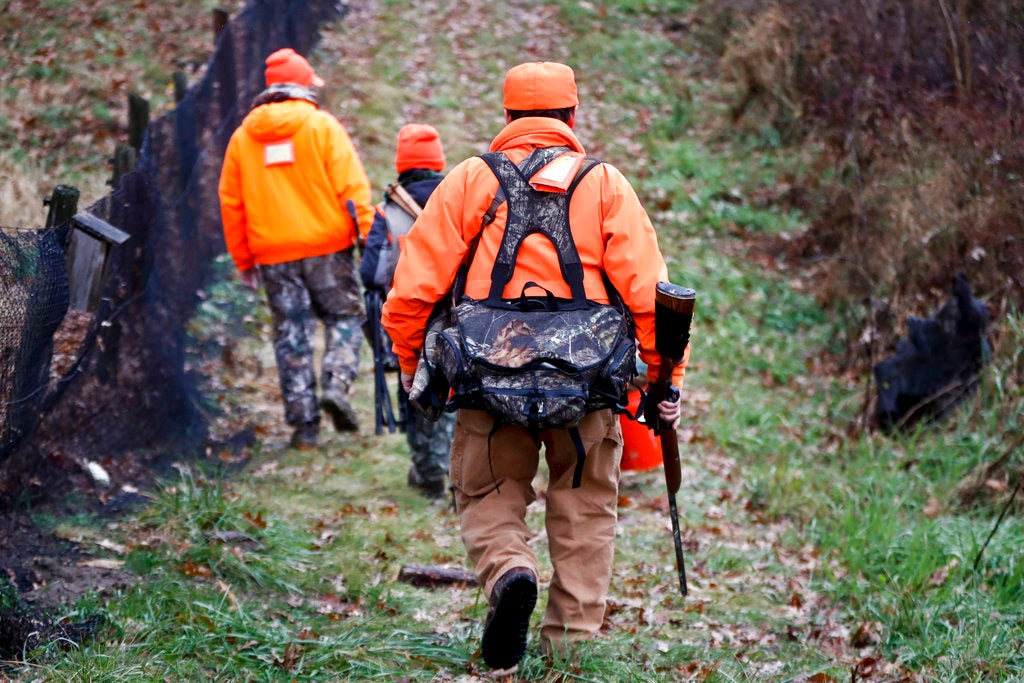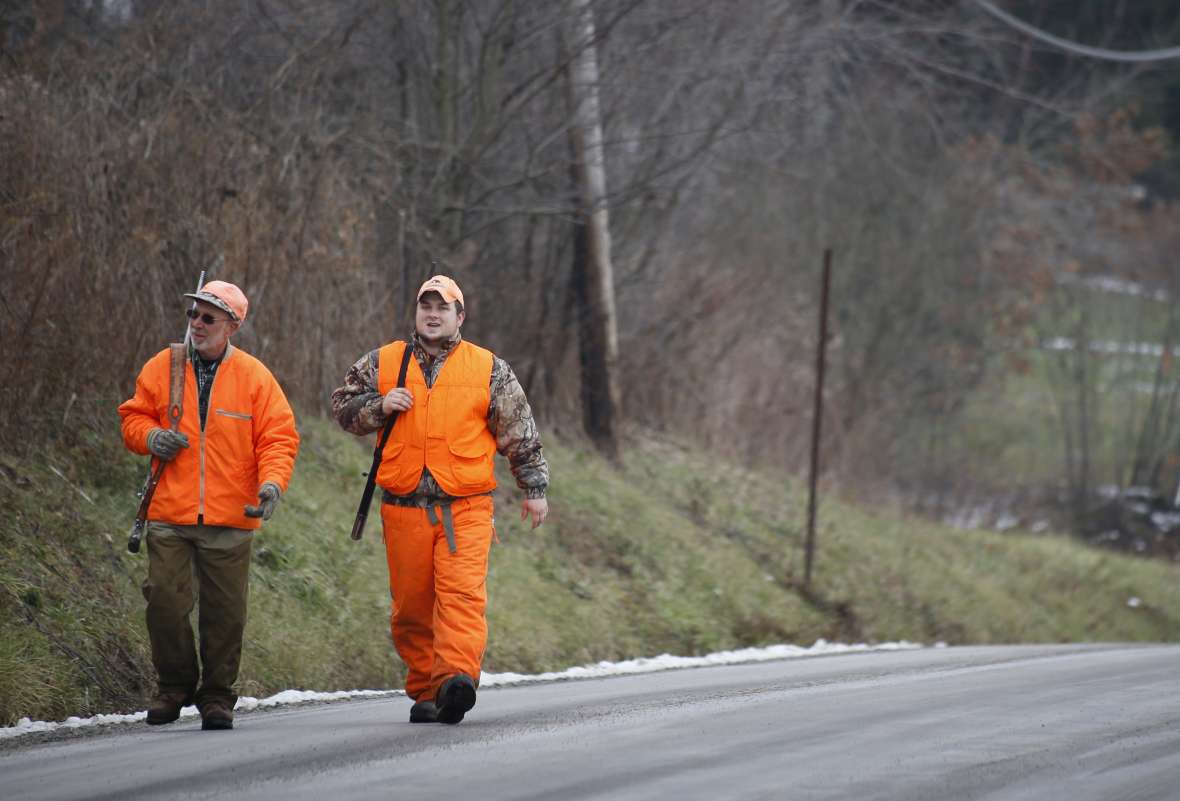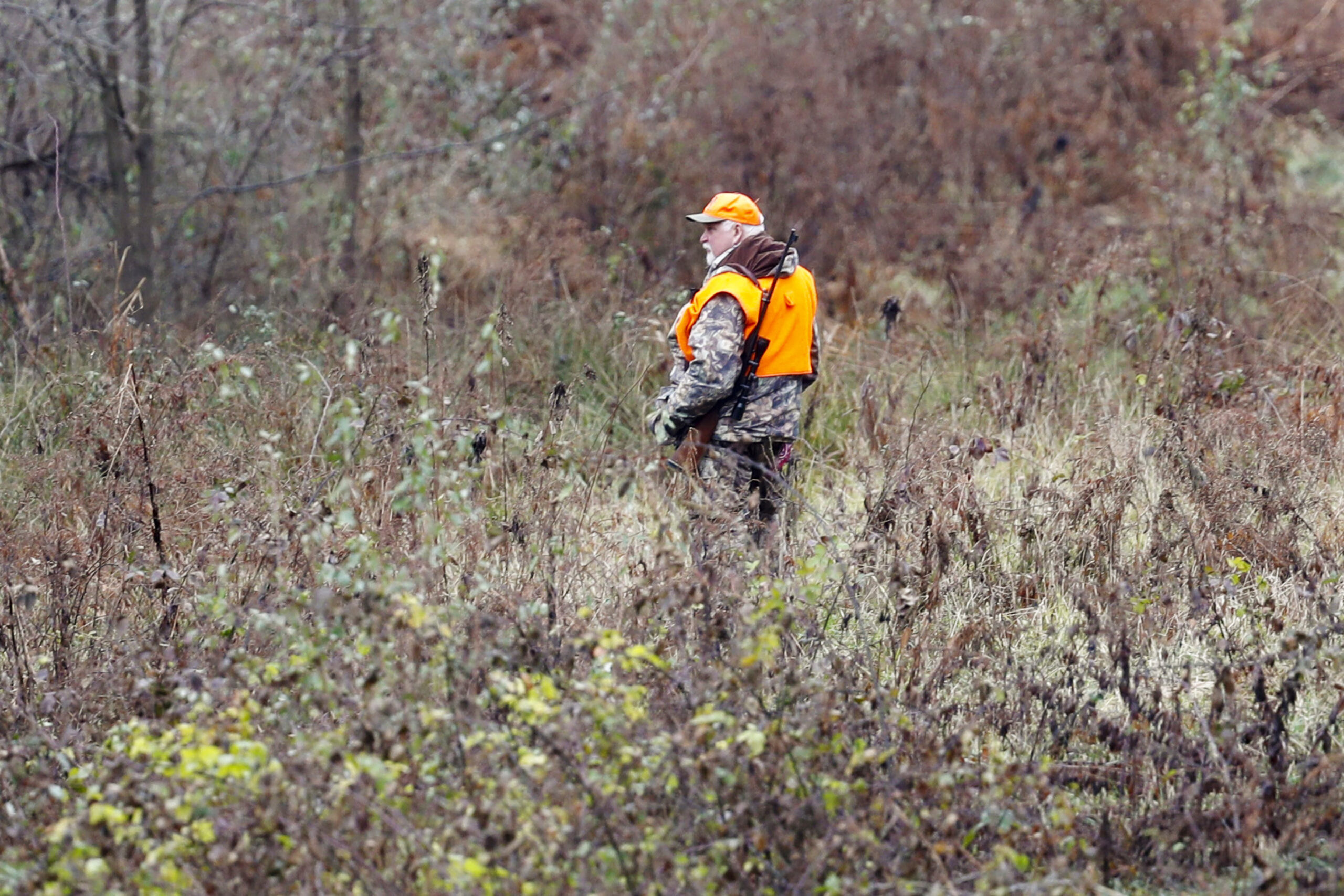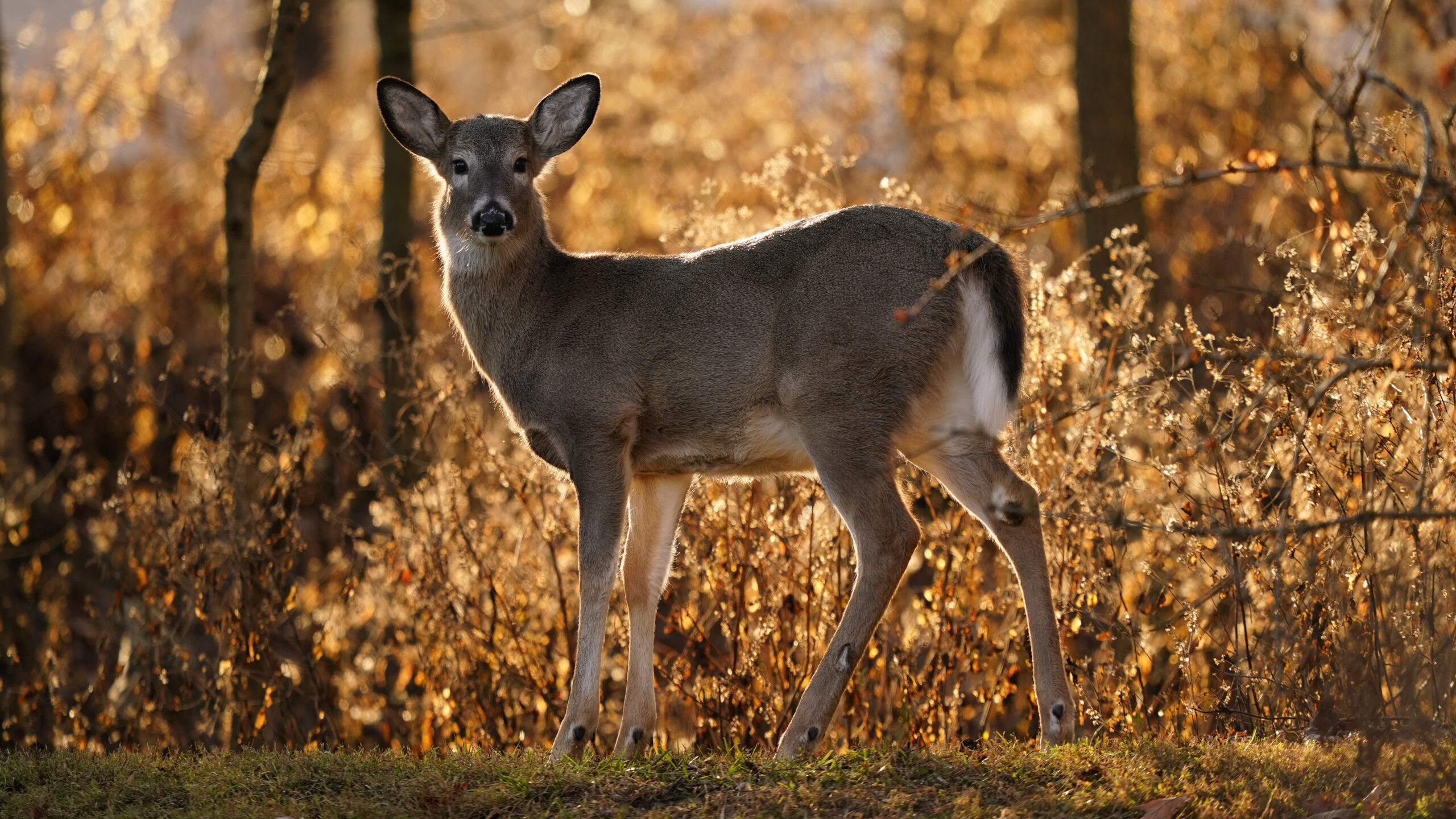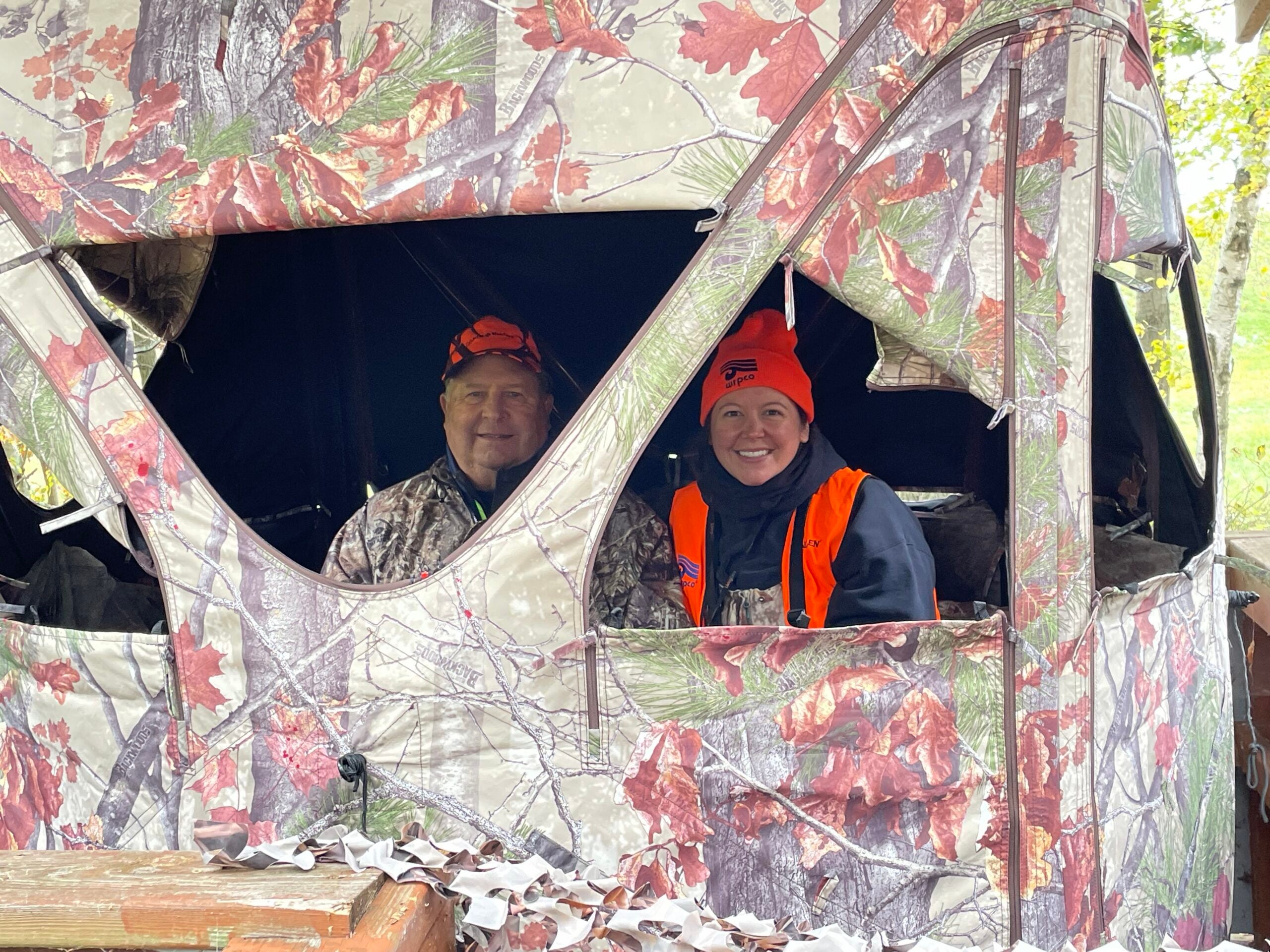The opening of archery and crossbow deer hunting season this Saturday offers hunters new chances at trophies and lasting memories. State officials say it’s also a time to remember key safety tips.
The seasons run into January, according to the Department of Natural Resources. The end of the seasons can range from Jan. 5-31 depending on rules in individual counties and metro areas.
Around 4 in 10 Bucks killed during Wisconsin’s deer hunting seasons are from archers, according to DNR Deer Program Specialist Jeff Pritzl. He told WPR’s “Wisconsin Today” that more hunters in the state are embracing archery hunting.
Stay informed on the latest news
Sign up for WPR’s email newsletter.
“The archers … they don’t necessarily want to get a deer as soon as possible and then be done,” Pritzl said. “They’re going to hunt anywhere from 10 to 14 days of time over the course of the season, on average.”
DNR stresses that rules of firearm safety apply to archers as well
Wisconsin DNR Recreation Warden Nick Webster investigates when people are injured while hunting. He said that injuries are often the result of not following four primary rules of firearm use, known as TAB-K.
T: Treat every firearm as if it’s loaded.
A: Always point the muzzle in a safe direction.
B: Be certain of your target.
K: Keep your finger outside the trigger guard until you’re ready to fire.
Webster said these principles apply to archery as well.
“I can easily say that every time I’ve dealt with a case, at least one of those rules has been violated,” Webster said.
Officials give tips on tree stand safety, ATV/UTV use
Webster said DNR officials are looking out for hunters suffering injuries from improper tree stand use.
Safe use involves making sure any tree used for a tree stand is healthy and of adequate size. Hunters should be wearing a full body harness in case of a fall and maintain three points of contact when climbing in and out of a tree stand.
“(Avoid) carrying your weapon with you into the tree and use a haul line to bring that weapon in and out of the tree before and after your hunt,” he said.
For hunters traveling on all-terrain vehicles, Webster emphasized the importance of wearing a helmet and seatbelt, even in areas where someone expects to go relatively slowly.
“From my experience as an investigator, probably half of the (incidents) that I go to as an investigator are under 30 miles an hour. And half of those are under 10, 15 miles an hour. There are a lot of these slow speed instances that are occurring … on private property, where people expect to be safe. We don’t ever plan for an accident to occur.”
